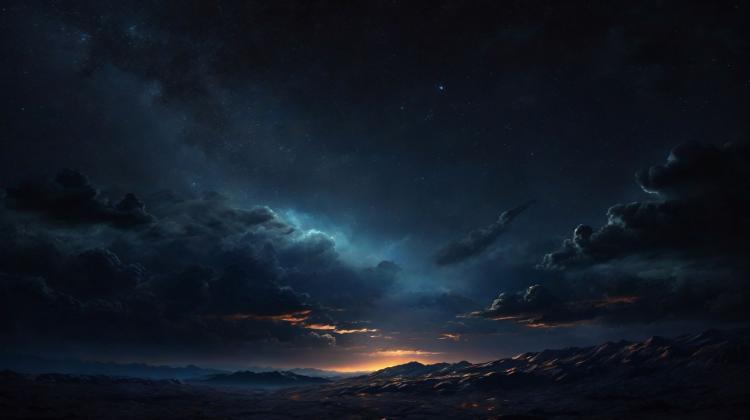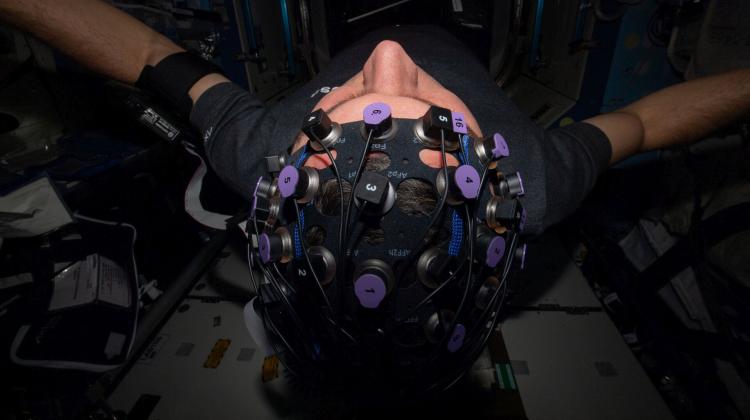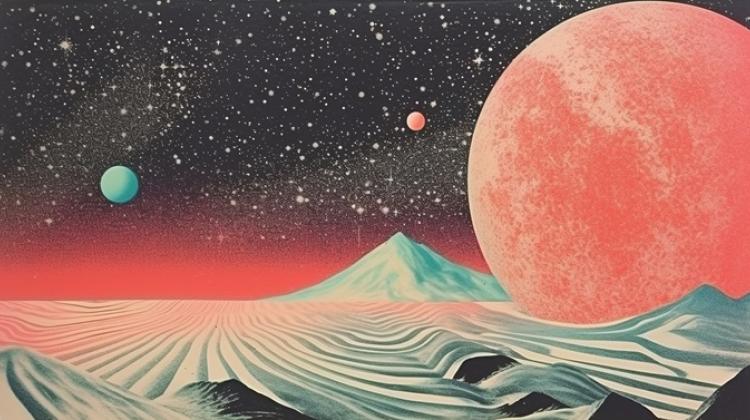Scientists find new source of cosmic dust
 Adobe Stock
Adobe Stock
A team of scientists, including Dr. Mariusz Gromadzki from the Astronomical Observatory of the University of Warsaw, has identified a previously unknown source of cosmic dust, the university reports. The dust was produced by the interaction of the matter ejected during a la supernova explosion with the surrounding circumstellar gas.
The discovery made by the international team is described in Nature Astronomy.
The astronomers had been systematically monitoring the supernova SN 2018evt for almost three years. They noticed that as the object's brightness decreased rapidly in the visible range, it gradually became brighter in infrared light. According to the researchers, this indicates that after the shock generated during the supernova explosion passed through, the gas that had accumulated there before the explosion cooled rapidly and dust began to form. They emphasise that this is the first time the rapid formation of dust in the gas around a Type Ia supernova has been observed.
More than a dozen telescopes deployed around the globe and in space were used to monitor SN 2018evt. One of the main instruments providing spectroscopic data was the 3.54-metre NTT telescope located at the European Southern Observatory (ESO) on La Silla Hill in Chile. The data were collected in the ePESSTO+ project, in which Dr. Gromadzki has been involved for several years.
According to the university, dust in space is of great importance to the evolution of the Universe and life within it. So far, astronomers have identified two main mechanisms of its formation: in the atmospheres of cool stars and during Type II supernovae, which are formed by the collapse of very massive stars.
Type II supernovae develop in galaxies similar to the Milky Way. They appear as stars in the arms of spiral galaxies composed of dust and gas, and within a few million years they explode as Type II supernovae.
The results of international research with the participation of the Polish scientist suggest that type Ia supernova explosions may be largely responsible for the production of dust in such galaxies. They are related to the explosion of a white dwarf in a binary system. White dwarfs are formed by the rejection of a hydrogen envelope by low-mass stars. (PAP)
PAP - Science in Poland
kol/ bar/ kap/
tr. RL
Przed dodaniem komentarza prosimy o zapoznanie z Regulaminem forum serwisu Nauka w Polsce.
















